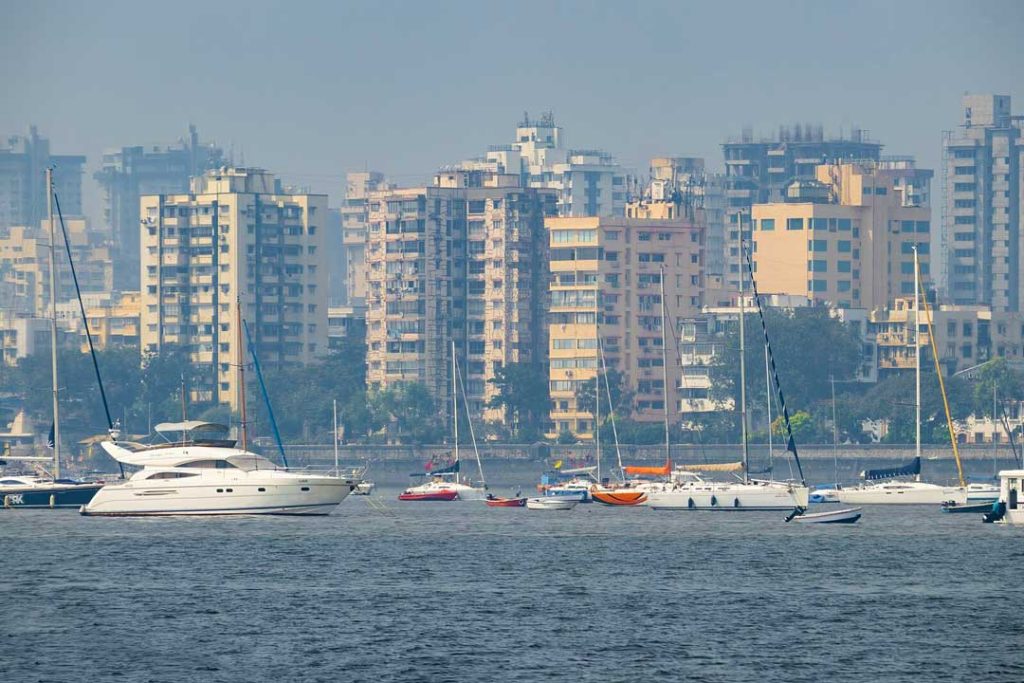
Mumbai is enveloped in a thick blanket of smog, with air quality indices soaring to alarming levels.
The Air Quality Index (AQI) in Mumbai has consistently been above 300, categorizing the air as ‘Unhealthy’ to ‘Hazardous’ for the past several days, particularly in areas like Bandra Kurla Complex and Vile Parle West.
Why the drop in air quality?
The primary reasons behind the crisis include dust from ongoing construction activities, road works, and the burning of waste, which contribute significantly to the particulate matter in the atmosphere.
Weather patterns have exacerbated the problem. An unseasonal rain event earlier in December was initially thought to provide some respite, but the air quality has deteriorated rapidly since. The presence of a dust band from the Arabian Sea and the development of fog have trapped pollutants closer to the ground, intensifying the smog.
According to recent data, PM2.5 and PM10 concentrations have exceeded the World Health Organization’s safe limits by a considerable margin, with PM2.5 levels being reported at 95 µg/m³ and PM10 at 223 µg/m³ in some areas.
Residents irked by the pollution
The situation has reduced visibility across the city, with a noticeable haze lingering even during daylight hours.
Residents, especially those with respiratory issues, have been advised to limit outdoor activities and consider using air purifiers indoors to avoid health issues.
The Mumbai Municipal Corporation (BMC) and the Maharashtra Pollution Control Board (MPCB) have been under scrutiny for their handling of the crisis. There have been calls for a more comprehensive approach akin to the Graded Response Action Plan (GRAP) employed in Delhi.
With Mumbai’s air quality resembling Delhi’s notorious pollution levels, there’s an urgent call for immediate remedial actions and long-term strategies to address this public health emergency.